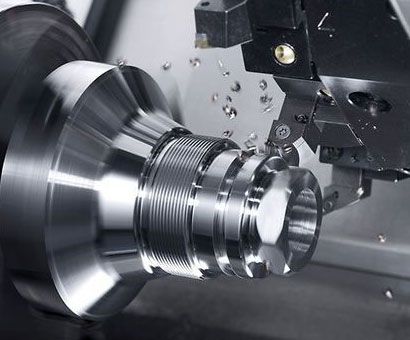Beyond Aesthetics: The Technical Brilliance Behind Mechanical Watch Mechanisms
In a world increasingly dominated by digital technology and mass-produced goods, mechanical watches stand as timeless artifacts of craftsmanship and precision engineering. While they are often admired for their elegance and aesthetic appeal, the true marvel of mechanical watches lies beneath their beautifully crafted exteriors. Behind the dial, intricate mechanisms work tirelessly to keep time with remarkable accuracy and reliability. In this article, we delve into the technical brilliance that makes mechanical watch movements so fascinating and enduring.
The Heart of the Watch: The Movement
At the core of every mechanical watch is its movement, often referred to as the “heart” of the timepiece. The movement is the mechanism responsible for driving the hands on the dial and indicating the passage of time. There are two primary types of mechanical movements: manual and automatic.
Manual Movements: The Tradition of Hand-Winding
Manual movements, also known as hand-wound movements, require the wearer to regularly wind the watch by turning the crown. This action transfers energy to the mainspring, which stores potential energy to power the watch’s gears and escapement. The escapement regulates the release of this stored energy in precise intervals, causing the gears to turn and the hands to move accordingly. Despite the how a mechanical watch works in automatic movements, manual movements continue to hold a special place in the hearts of watch enthusiasts for their traditional craftsmanship and intimate connection with the timepiece.
Automatic Movements: The Ingenious Self-Winding Mechanism
Automatic movements, on the other hand, feature a self-winding mechanism that eliminates the need for manual winding. Inside the watch case, a rotor connected to the movement rotates with the natural motion of the wearer’s wrist. This rotational energy is transferred to the mainspring via a series of gears, winding it automatically. As long as the watch is worn regularly, the automatic movement will remain powered without the need for manual intervention. The ingenious design of automatic movements combines mechanical complexity with practical convenience, making them a popular choice among modern watch aficionados.
The Precision of Timekeeping: Escapements and Balance Springs
Key to the accuracy of mechanical watches are the escapement and balance spring. The escapement acts as the regulator, controlling the release of energy from the mainspring in precise increments. One of the most iconic escapements is the Swiss lever escapement, renowned for its reliability and efficiency. Paired with a balance wheel oscillating back and forth at a constant rate, the escapement ensures consistent timekeeping by governing the rotation of the gear train and hands.
Balance springs, often made of resilient materials like Nivarox, play a crucial role in maintaining the oscillations of the balance wheel. Their elasticity allows the balance wheel to oscillate evenly, regardless of external factors such as temperature or position. Through meticulous craftsmanship and fine adjustment, watchmakers ensure that the balance spring’s performance meets the exacting standards of precision required for accurate timekeeping.
Craftsmanship and Innovation: From Tradition to Modernity
While the principles of mechanical watchmaking have remained largely unchanged for centuries, advancements in technology and materials have propelled the industry forward. Contemporary watchmakers leverage cutting-edge manufacturing techniques and materials to enhance the performance and longevity of mechanical movements. From precision CNC machining to innovative lubricants and anti-magnetic materials, modern watchmaking combines tradition with innovation to push the boundaries of mechanical excellence.
Conclusion: The Enduring Legacy of Mechanical Mastery
In an age of disposable consumer goods and fleeting trends, mechanical watches stand as symbols of enduring craftsmanship and technical mastery. Beyond their aesthetic allure, the intricate mechanisms that drive mechanical watches exemplify the marriage of art and engineering. From the precision of their movements to the ingenuity of their design, mechanical watches continue to captivate enthusiasts with their timeless appeal and unwavering dedication to excellence. As technology evolves, the allure of mechanical watches persists, reminding us of the enduring beauty of craftsmanship in an ever-changing world.
Top of Form





